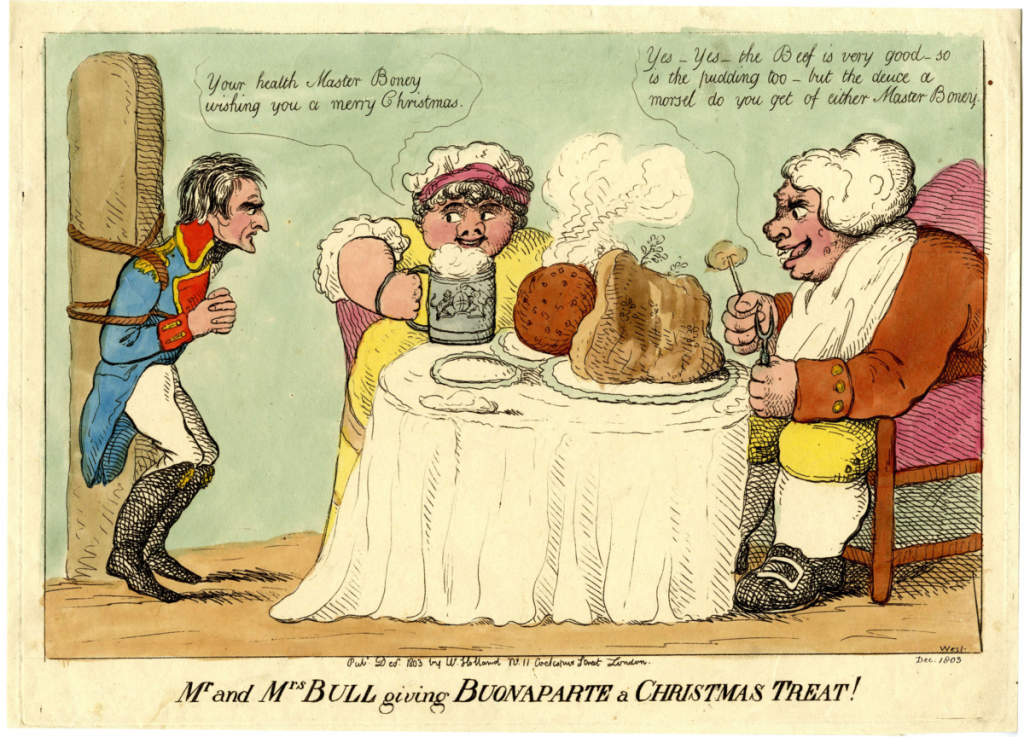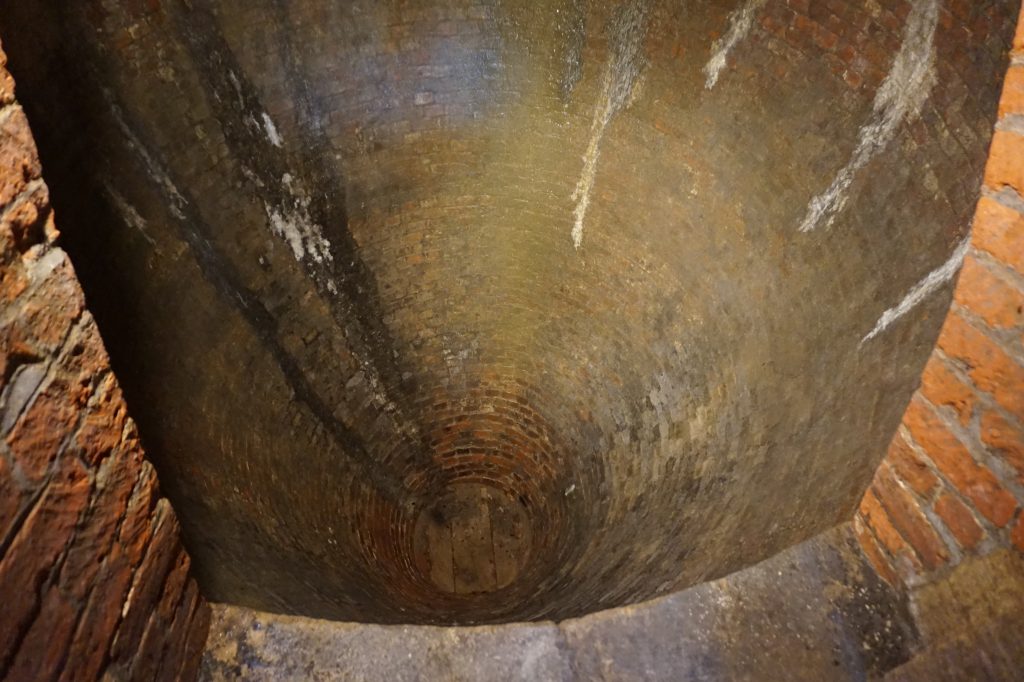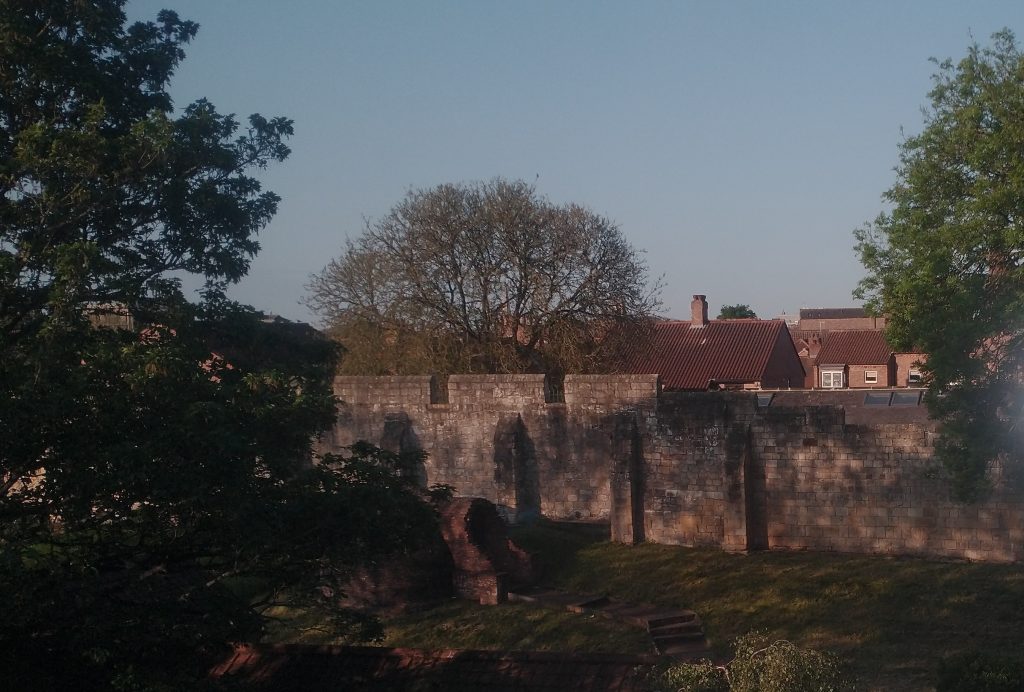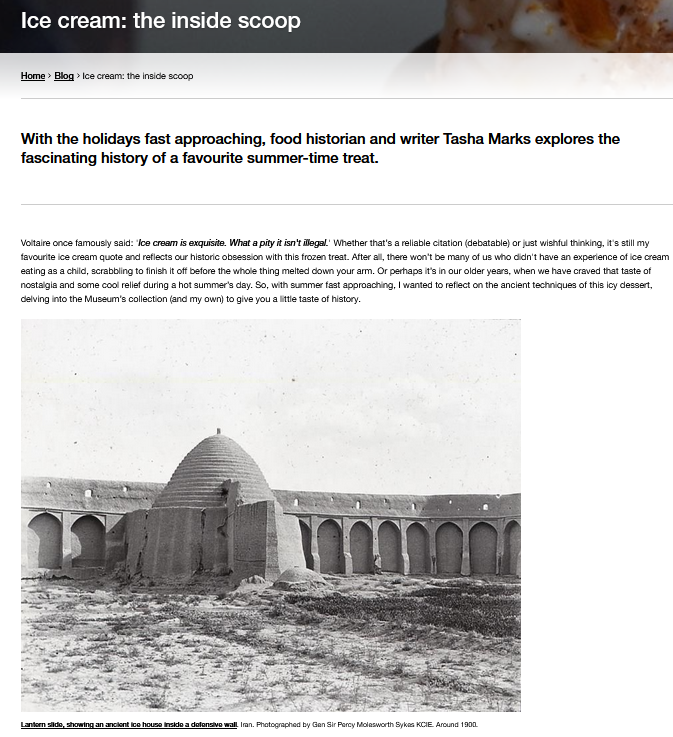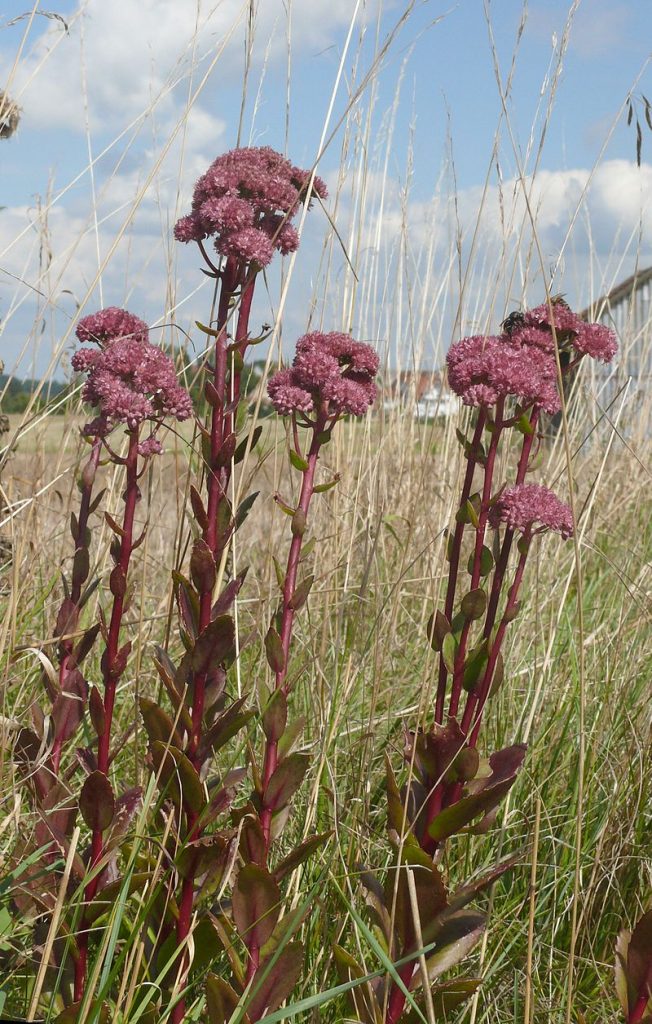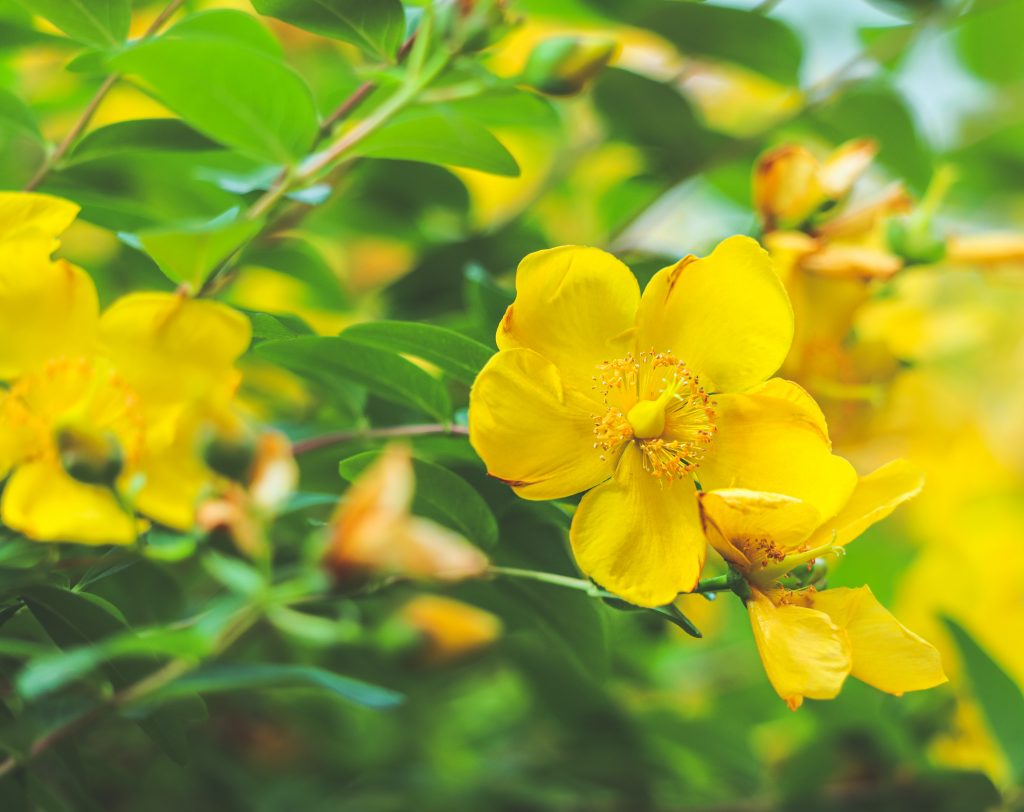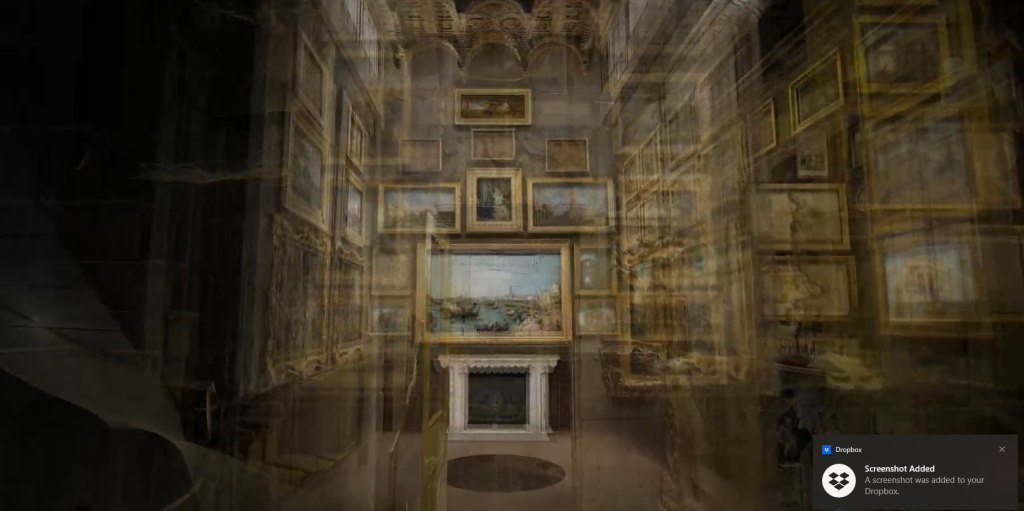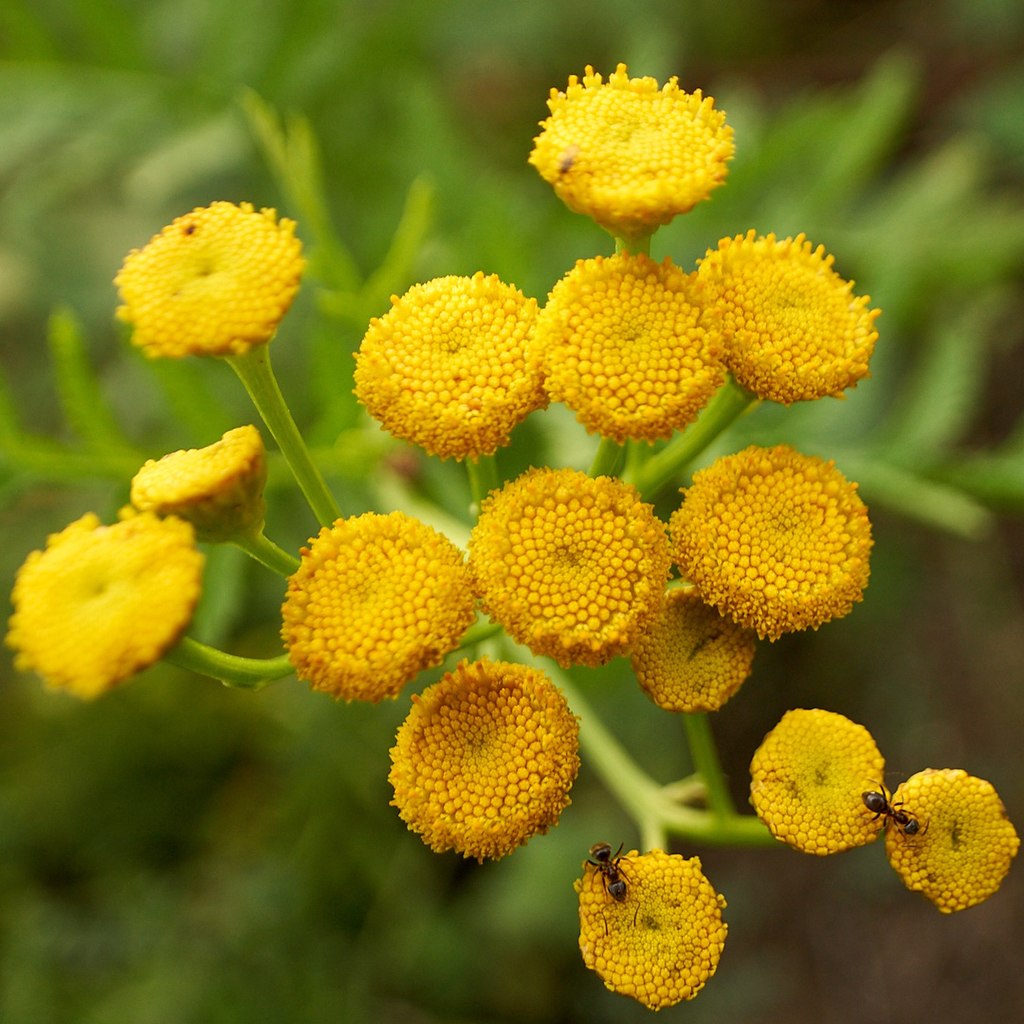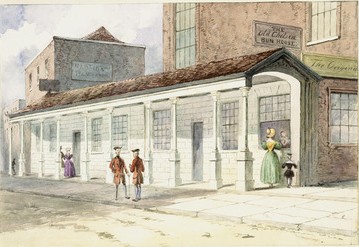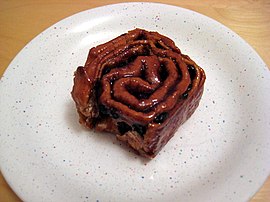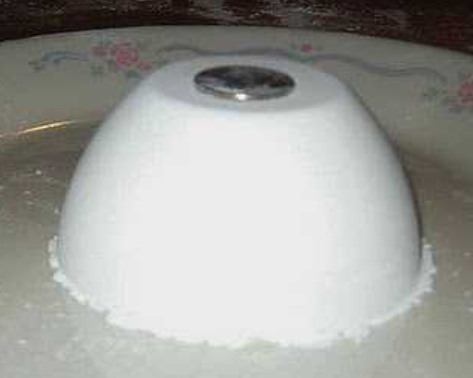
Christmas at Godmersham Park
1811 to 1812 Fanny Austen Knight writing to a friend, Miss Dorothy Chapman
Fanny was the daughter of Jane Austen’s rich brother Edward.
I don’t know whether I told you that Ms Morris’s are at home
for the Christmas holidays. They are very nice girls and have contributed a good deal to our entertainment. None of us caught the whooping cough and have been very well the whole time. We have, in general, had cards, snapdragons, bullet pudding etc on any particular evening and Whist, Commerce and others and tickets with the favourite games.
I think when cards fail the boys played every evening at draughts, chess, and backgammon.
Commerce is a three card poker type game played with counters. Tickets was Lydia Bennett’s favourite game, which is a gambling game based on luck, and in Pride and Prejudice called ‘Lottery Tickets.’
Bullet Pudding is explained by Fanny in another letter
‘You must have a large pewter dish filled with flour which you must pile up into a sort of pudding with a peak at the top, you must then lay a Bullet at the top & everybody cuts a slice of it & the person who is cutting it when the Bullet falls must poke about with their noise & chins until they find it & then take it out with their mouths which makes them strange figures all covered with flour, but the worst is that you must not laugh for fear of the flour getting up your nose & mouth & choking you. You must not use your hands in taking the bullet out.’
Snapdragons is a lively game, you put some brandy in a tray or flat dish, add a few raisins, light the brandy and the game is to pick up and eat the raisins without getting burnt!
Other games mentioned by Fanny
Hunt the Slipper, Oranges and Lemons, Wind the Jack; Lighting a Candle in Haste; Spare Old Noll.
Coming Very Soon Jane Austen Real and Virtual Walks:
CHRISTMAS & JANE AUSTEN’S LONDON WALK
Jane Austen’s London Walk

Jane Austen’s London Walk
a Special Christmas version on 23 December 2023 & normal one on 21st January
Sat 2.30 pm Green Park underground station, London (By the Fountain, just outside the Green Park exit of the Tube Station)
To Book:
Christmas With Jane Austen Virtual London Tour
Saturday 23 December 2023 7.30pm
We look at how Jane Austen spent Christmas and at Georgian Christmas traditions and amusements.
To book
The London Winter Solstice Virtual Tour

Fri 22 Dec 2023 19:30
We explore London’s History through its celebrations, festivals, calendars, and almanacs of the Winter Solstice
Winter Solstice festivals have been a time of review, renewal, and anticipation of the future from time immemorial. The Ancient Britons saw the Solstice as a symbol of a promise of renewal as the world entered bleak mid-winter. The Roman season was presided over by Janus, a two headed God who looked both backwards and forwards, and Dickens based his second great Christmas Book on the renewal that the New Year encouraged.
We look at London’s past to see where and how the Solstice might have been celebrated. We also explore the different Calendars – the Pagan year, the Christian year, the Roman year, the Jewish year, the Financial year, the Academic year, and we reveal how these began. We look at folk traditions, Medieval Christmas Festivals, Boy Bishops, Distaff Sunday and Plough Monday, and other London winter traditions and folklore.
At the end, we use ancient methods to divine what is in store for us in 2023.
To Book:
First Published 20th December 2022, revised and republished December 2023

